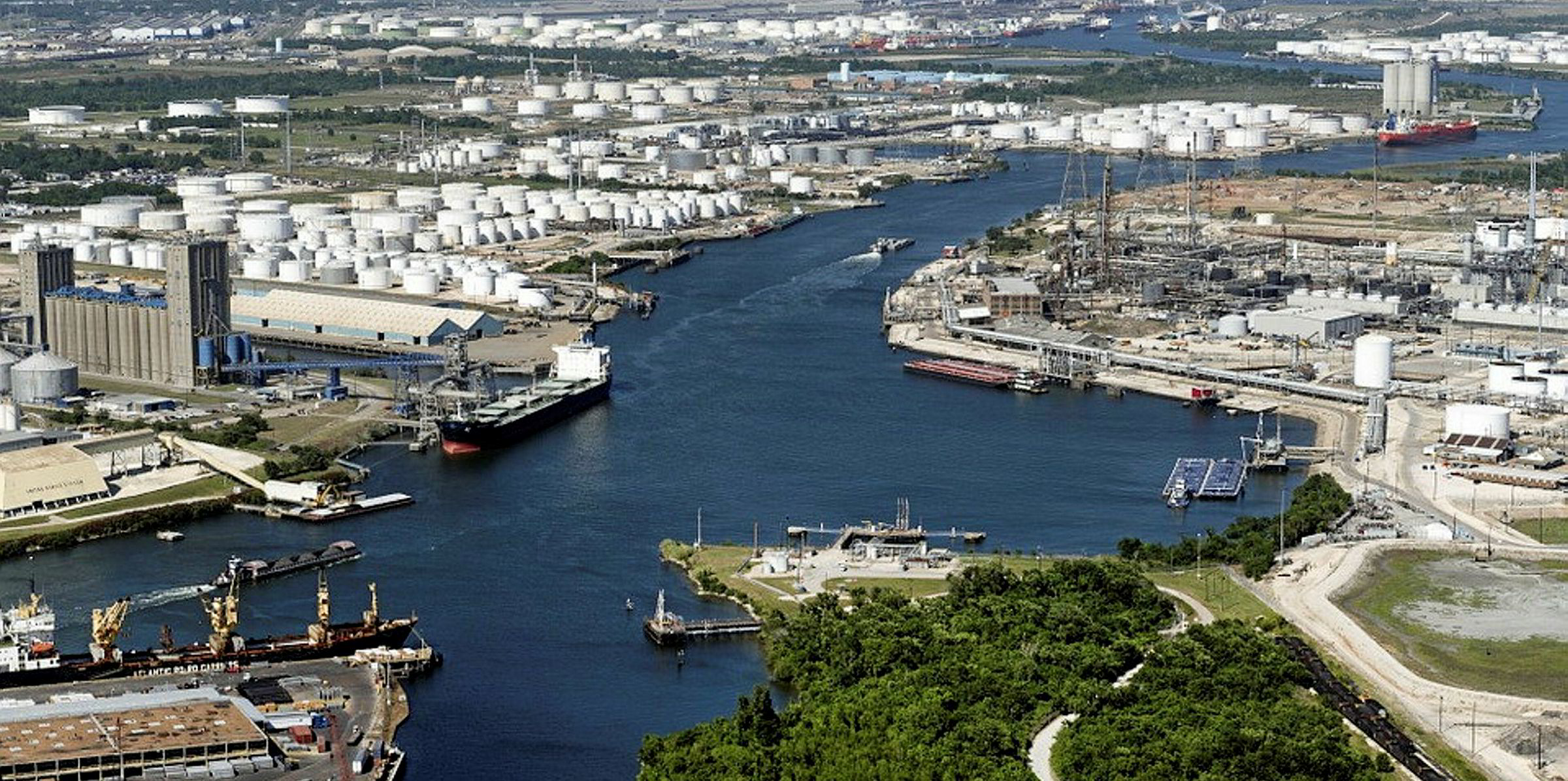VLCC owners are finding support from resilient US oil exports despite a busy hurricane season and weak oil demand across the globe.
While the Middle East Gulf market has been plagued by the Opec supply cuts, freight earnings in the US Gulf market have held firm in recent weeks.
Clarksons Platou Securities estimated VLCC earnings on the Middle East Gulf-US Gulf-China triangulated route at $29,000 per day on Friday, compared with $8,600 per day for the Middle East Gulf-East Asia trade.
Over the past week, VLCC earnings on the US Gulf-China route have outperformed those for the Middle East Gulf-China trade by $11,300 per day on average, data from Baltic Exchange shows.
Crude exports from the US rebounded to 3.27m barrels per day (bpd) in July from 2.75m bpd in June, according to the latest monthly data from Energy Information Administration. This compared with 2.71m in July 2019.
“One positive catalyst may come in the form of higher US exports,” Arctic Securities said. “While the majority of the increase was to Europe, long-haul trades to China more than doubled year-on-year.”
US-China trade deal
Analysts suggest the US has been able to maintain high crude exports amid weather-related delays, with competitive pricing and strong Chinese demand.
Kpler data shows US seaborne exports of crude and condensate reached 2.86m barrels per day (bpd) last month, nearly flat from the August level.
Exports to China are expected to reach 1.02m bpd in the week from 28 September, the highest since early May.
As part of the country’s trade agreement with the US, China has promised to lift its purchases of US energy products by $18.5bn in 2020 from the 2017 baseline.
Fixture data reveals that at least four VLCCs, including Euronav’s 303,000-dwt Hojo (built 2013), have been fixed to lift US crude in October for shipments to China.
TradeWinds has approached Tanker International — Hojo’s commercial manager — for comment.
“The biggest change to trading patterns is expected to come from the Phase-1 trade deal struck between the US and China earlier this year, which we now expect to hold,” Alphatanker said in a research note.
The research unit, part of AXS Maritime, estimates US exports to China could exceed 500,000 bpd by the end of this year and 800,000 bpd by the end of 2021.
“The majority of volumes will be carried by VLCCs, which will add to tonne-mile demand for the segment,” Alphatanker said.
Weak outlook
But some analysts believe the country’s overall crude exports will soon begin to fall due to falling shale production.
When Canadian barrels are excluded, exports from the US Gulf are projected to fall from 2.9m bpd in October to 1.44m bpd in April 2021, according to Platts Analytics.
“The reason is that weak 2020 drilling and completions activity will lead to weaker production and, therefore, lower exports until new drilling activity rises,” Platts said.
“US production isn't expected to return to pre-coronavirus levels until 2023.”






